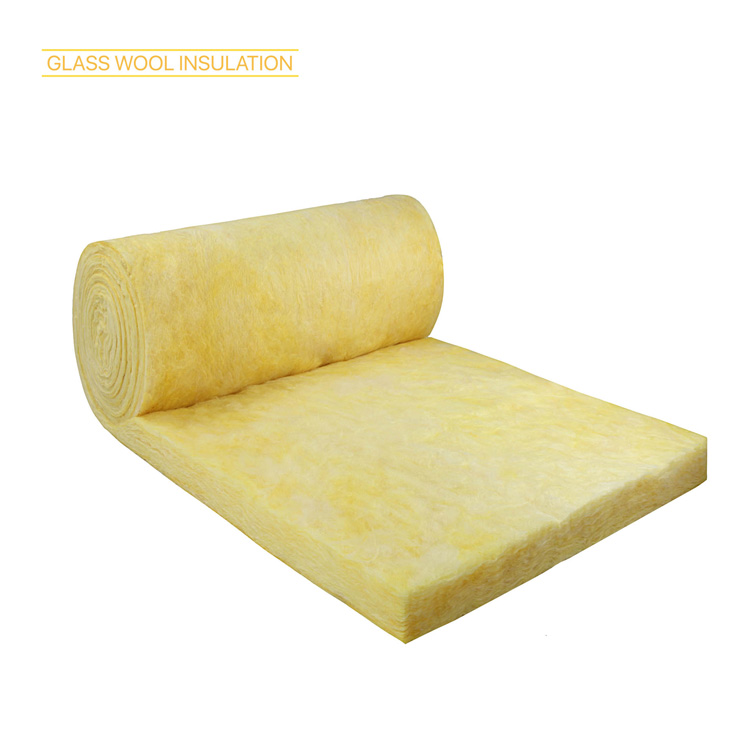Glass wool belongs to a category of glass fiber, which is a man-made inorganic fiber. The main raw materials are quartz sand, limestone, dolomite and other natural ores, and some chemical raw materials such as soda ash and borax are used to melt into glass. In the melted state, the flocculent thin fibers are blown by the external force, and the fibers and the fibers are three-dimensionally crossed and entangled with each other, showing many small gaps. Such gaps can be regarded as pores. Therefore, glass wool can be regarded as a porous material with good heat insulation and sound absorption properties.
Centrifugal glass wool has fluffy and intertwined fibers with a large number of tiny pores. It is a typical porous sound-absorbing material with good sound-absorbing properties. Centrifugal glass wool can be made into wall panels, ceilings, space sound absorbers, etc., which can absorb a large amount of sound energy in the room, reduce reverberation time, and reduce indoor noise. Antibacterial and mildew proof, anti-aging, anti-corrosion characteristics to ensure a healthy environment. It can be cut and shaped at will, very easy to install with gloves.
The reason why centrifugal glass wool can absorb sound is not because of the rough surface, but because it has a large number of tiny pores and pores connected inside and outside. When sound waves are incident on the centrifugal glass wool, the sound waves can enter the material along the pores, causing the air molecules in the pores to vibrate. Due to the viscous resistance of air and the friction between air molecules and the pore wall, sound energy is converted into heat energy and is lost. In the use of centrifugal glass wool in construction, the surface often needs a certain sound-transmitting finish, such as plastic film less than 0.5mm, metal mesh, window screening, fireproof cloth, glass silk cloth, etc., which can basically maintain the original sound absorption characteristics.
Post time: Dec-23-2020





